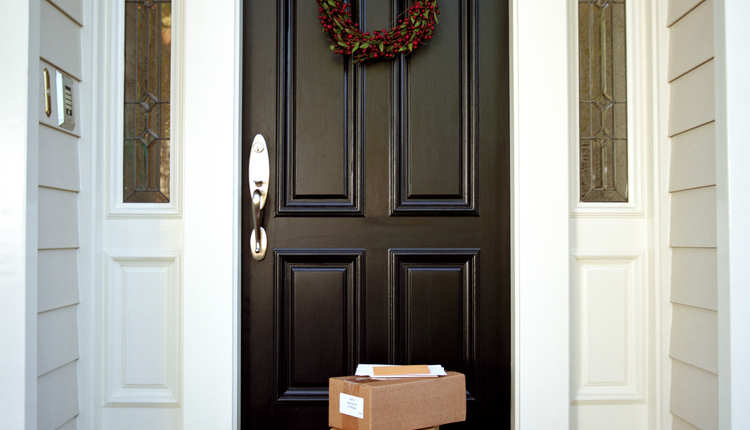When a parcel is not delivered, the first person to be blamed is often the last person in the process: the shipper. The reason for delivery failure is often a poor quality address. These costly mistakes not only diminish profitability on shipping services, they damage customer relationships.
Ducking the responsibility for address quality in the realm of international parcel shipping seems to be the norm for many organizations, and for good reason. Global addresses are complicated, and achieving good address quality is a challenge. With so many platforms available to develop an online shopping cart, it is hard to keep track of how well each platform handles global addresses.
The common assumption is that the consumer knows their address. While this is probably true in most circumstances, it is not a guarantee. Depending on the nation, the consumer may not adhere to the most current postal addressing standards, especially in countries where the postal administration has modified the addressing system or has not educated the population on the official standards.
Other factors determine the quality of a shipping address. For some nations, the consumer may not be able to fit their address into the preset template on the ordering website. More astounding is the fact that the address may accidentally be modified or truncated as it migrates from ordering site to company database and is ultimately printed on a label.
You can trust that your customers give you good address data, but the reality is that you must verify. Here are some helpful hints for building your verification process.
Developed versus Developing Nations
The level of data coverage offered by a postal administration varies by country. More specifically, some postal administrations offer street and premise level support for addresses, while others countries offer only city level coverage.
In general, developed nations have developed postal data, and developing nations have developing postal data. Visit the country’s postal administration website or the Universal Postal Union (www.upu.int) for a detailed coverage list.
Common Sense Is King
In virtually every part of the world, large urban centers have large populations and large numbers of addresses. When there are large numbers of addresses, house numbers, or building names are assigned to distinguish one address from another.
For example, in highly populated India you might see an address that contains Bose Pukur Road 75/12, indicating house number 75 on Bose Pukur Rd and unit number 12. You might also see an address that simply contains Elanjikal House, New Avadi Road W without a number. Although there is no house number in this address, this information identifies a particular house on a particular street and should be sufficient for delivery assuming that the address contains an accurate sub-city, city, and postcode.
Google maps can often help you determine if you have the required geographic elements in an address, but beware. Google maps will often return an approximate address in many nations, which is not always accurate in terms of postal delivery standards.
A simple, low cost strategy for verifying global addresses is to use the free, publicly available tools and apply common sense. Again, if you are shipping to a major population center anywhere in the world, the delivery address line should be specific and contain numbers and a street or a specific building.
It Is a Team Effort
Put knowledge at the center of your production environment. Educate your employees about the addressing standards for your top countries and make it a team effort. When a parcel comes back as undelivered due to bad address, challenge the production employees to find out what is wrong with the address. Many postal administrations around the globe have post code look-up tools, and you can find them through the Universal Postal Union (www.upu.int) or through a Google search.
Have maps and reference charts available and make global knowledge part of your training. Reward employees that advance their global knowledge.
Develop Input File Quality Standards for Your Customers
All parcel shipment information must be sent electronically these days. Receiving the data in advance of the actual shipment gives the shipper an opportunity to inspect, audit, and even correct data files.
At a minimum, develop applications or procedures to audit input files for the presence key address elements and truncation. Truncation of address data is a common an issue in global addressing.
For example, in many parts of the world, the house number comes at the end of the street name so when truncation does occur, the house or apartment number is lost. A good rule of thumb is that if the address is in a major city in a developed nation, it should have at least a house number, building name, and street, and maybe an apartment number. Scanning address lines for the presence of house numbers in developed nations is a first step in building useful logic.
Create standards for your top countries, and make your clients aware of these standards. When the input file standards are not met, you may have to hold parcels or an entire shipment until the data quality issues can be analyzed. Some customers may balk at your new standards, but in the end, you will save them money and headaches.
Take the Next Step
Addressing standards are high in the US logistics industry. Major players like UPS and Fedex charge hefty fees for a single address correction.
Be a proactive solution provider and take the next step. Implement an automated global address correction service. Consider charging a small fee for each address correction or for processing an entire file. If your organization has not implemented an addressing solution, now is a good time to start investigating options.
When investigating options, you will want to find a solution that offers depth of coverage in your key markets. More specifically, you want to be sure that the providers offer street-level information in developed nations. You should also ensure that it handles multi-national character sets and diacritics so that you can cover a variety of languages and encoding systems.
If you are shipping parcels internationally and want to offer top-notch service, you should become as proficient in global addressing as you are in domestic addressing. Yes, I know that is a tall order, but devising an implementation plan is easier than you think. Remember, Rome was not built in a day, so take it one step at a time.
Sheila Donovan is President of Global DM Solutions and specializes in global contact data management and marketing. She can be reached via email at sheilad@globaldmsolutions.com












